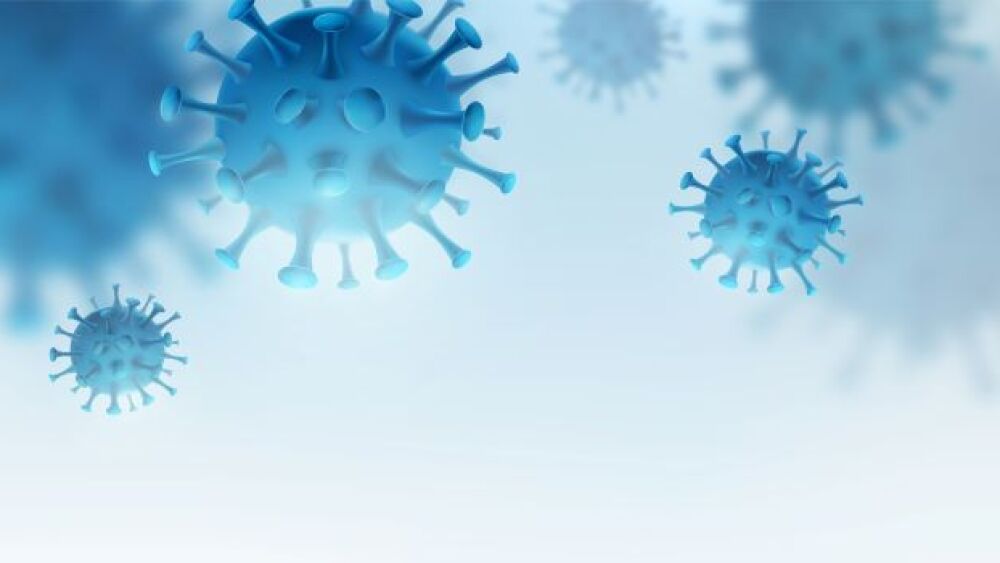Researchers with Shenzhen Institutes of Advanced Technology in China used a variety of computational techniques to simulate drug-virus interactions. They then screened 1,906 existing drugs to evaluate which ones might inhibit replication of SARS-CoV-2, the virus that causes COVID-19.
Researchers with Shenzhen Institutes of Advanced Technology in China used a variety of computational techniques to simulate drug-virus interactions. They then screened 1,906 existing drugs to evaluate which ones might inhibit replication of SARS-CoV-2, the virus that causes COVID-19.
From this broad screening, they identified four drugs that had potential to prevent replication of the virus, which they then tested in laboratory experiments. Two of the drugs, pralatrexate, a chemotherapy, and azithromycin, an antibiotic, were successful at preventing replication of the virus. More lab experiments demonstrated that pralatrexate had stronger viral inhibition than Gilead Sciences’ remdesivir, which is currently the only approved drug for COVID-19. They published their research in the journal PLOS Computational Biology.
Pralatrexate is marketed by Acrotech Biopharma under the trade name Folotyn. It is indicated for relapsed or refractory peripheral T-cell lymphoma. Like many chemotherapeutics, it comes with a wide range of serious side effects, including low blood cell counts—platelets, white blood cells, and red blood cells—mucositis, which is inflamed mucous membranes, severe skin reactions, tumor lysis syndrome (TLS), increased risk of serious reactions in kidney patients, fever, dehydration, nausea, as well as significant risk for pregnant and nursing women.
As a result, the authors note that immediate use of the drug for COVID-19 patients is not guaranteed, but believe their approach was useful in identifying drugs that can be repurposed.
“We have demonstrated the value of our novel hybrid approach that combines deep-learning technologies with more traditional simulations of molecular dynamics,” said Haiping Zhang, study author.
The research team is working to develop more computational methods for creating novel molecular structures that could be developed into new drugs to treat COVID-19.
The screening method focused on viral RNA-dependent RNA polymerase (RdRp), a promising therapeutic target.
The authors write that other computational drug screening methods are based on molecular docking, deep learning or Molecular Dynamics. Most of these typically depend upon a single technique or lack experimental validation.
“Each computation method,” they write, “with its underlying philosophy, often has its own strong and weak points, while a proper combination and modification of such methods could provide a better solution. Previously, we have developed two deep learning-based models to estimate protein-ligand interactions: DFCNN and DeepBindBC. DFCNN uses molecular vector data of protein pocket and ligand, instead of spatial information at interaction site, to estimate the protein-ligand pair as binding or non-binding with a probability value between 0 and 1. DeepBindBc estimates the binding possibility from atom contact information at interaction surface of a modelled 3D protein-ligand complex. The input of DeepBindBC contains spatial information of the protein-ligand interface, thus it strongly complements DFCNN.”
Their hybrid screening procedure was made up of DFCNN, DeepBindBC, Autodoc Vina, pocket localized molecular dynamics simulation, metadynamics, and their own inhouse-developed tools. They screened potential drugs from the TargetMol-Approved_Drug_Library, which contains 1,906 currently marketed drugs.
One of the findings, less focused on COVID-19, but of particular interest to validation of the screening approach, was that DFCNN, DeepBindBC and Autodock Vina predicted different drug compounds as top hits. For example, amenamevir and azithromycin had better scores on Autodock Vina, while odanacatib and nitisinone had higher DFCNN scores.
Azithromycin, with hydroxychloroquine, an anti-malarial, had demonstrated efficacy in treating COVID-19 earlier in the pandemic, but subsequent studies have failed to show that either drug is effective in treating COVID-19. For that matter, a large World Health Organization (WHO) study failed to prove remdesivir’s effectiveness in hospitalized patients, resulting in the organization issuing a conditional recommendation against its use.





